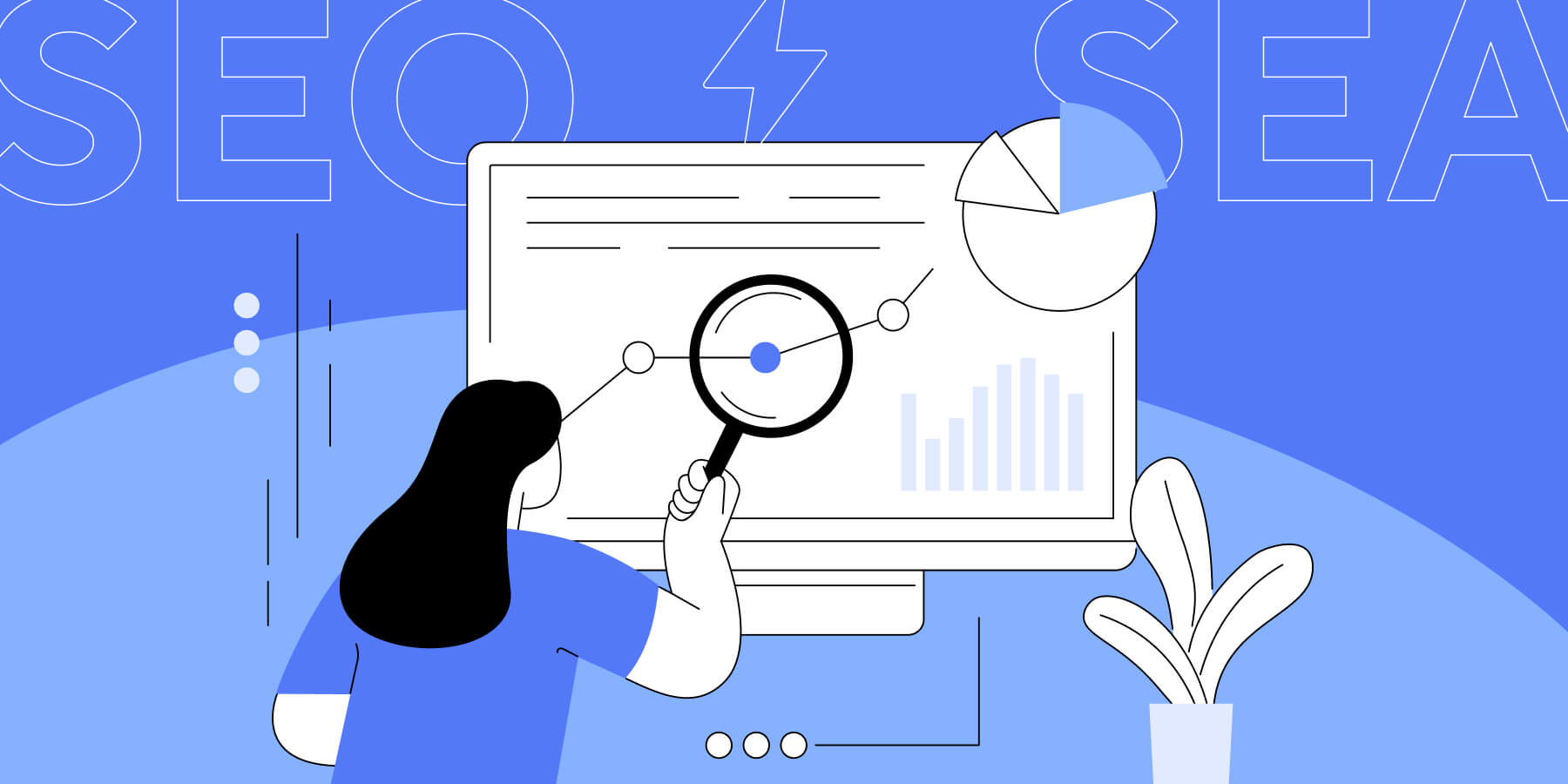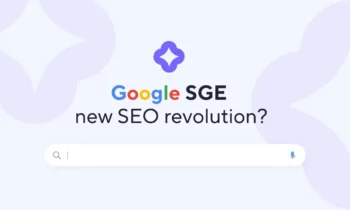Why the synergy between SEO and SEA is more important than ever?

SEO and SEA have long been seen as distinct or even competing channels, often managed separately. However, the points of synergy between these two approaches are numerous, and the rollout of Google Gemini is set to increase their interdependence even further. Leveraging the complementarity of these two channels can not only boost your ROI but also help optimize your Google Ads budget.
Improving keyword strategy
The first obvious point of synergy is keywords. Both SEA and SEO respond to user queries with the same goal: to appear as high as possible in search engine results and attract clicks. Failing to cross-analyze SEO and SEA keyword performance risks missing out on key opportunities. For instance, which keywords naturally perform well, and which are underperforming? Based on this analysis, it may be worth investing more in SEA campaigns for poorly performing keywords while reducing ad spending for keywords where SEO already secures strong visibility, especially if these trigger prominent SERP features.
Cross-analysis can also uncover valuable new keywords for SEA campaigns or inspire SEO content around terms that generate conversions in SEA but have low visibility organically. In this way, working on SEO-SEA synergy allows you to strategically allocate resources, avoiding unnecessary paid campaigns for keywords where organic efforts suffice, and securing traffic for terms where organic ranking is weaker.
Maximizing SERP presence
A key SEO goal is achieving high rankings on the coveted SERP (search engine results page). Over the years, the SERP has evolved to include various content types designed to engage users, such as knowledge graphs, images, videos, shopping banners, FAQs, and featured snippets that provide direct answers to user queries. Securing top positions in the SERP ensures significant traffic since users often don’t look beyond the first results.
However, the upper sections of the SERP also feature paid results like ads and shopping banners. To maximize conversions, it’s wise to ensure that both your organic and paid content appear prominently on the SERP, particularly for high-priority products or services.

Content that works together
SEO and SEA experts have observed a growing trend toward automation, especially on Google Ads. With the upcoming AI Overview feature, users will see aggregated information from multiple sites rather than excerpts from a single site. While this change, delayed in Europe due to GDPR, could reduce organic traffic, it underscores the importance of rich, relevant content to remain competitive.
Additionally, organic content can directly fuel SEA campaigns through formats like Dynamic Search Ads (DSA). Strongly encouraged by Google, DSAs automatically generate ad copy based on website content, capturing new opportunities and identifying high-converting search terms. For DSAs to succeed, however, your website must feature comprehensive, well-structured content.
Analyzing both channels together
Digital acquisition is an ongoing experiment. Algorithms are constantly evolving, making it risky to analyze SEO and SEA performance in isolation. For example, if you reduce SEA spending on well-performing organic content, ensure the content maintains its performance to avoid a drop in visibility. Similarly, successful SEA campaigns may sometimes reflect a loss in organic rankings rather than a true increase in search volume.
Unfortunately, many advertisers use separate agencies for SEO and SEA, creating strategy silos and limiting opportunities for holistic optimization. Monitoring both channels in tandem allows greater flexibility, enabling you to respond quickly to algorithm changes or shifts in performance by reallocating investments as needed.

Conclusion: combining SEO and SEA to stay ahead of algorithm changes
Aligning SEO and SEA strategies offers several key benefits:
- Gaining valuable insights to improve both paid and organic strategies
- Creating more effective, targeted content
- Increasing conversions and lowering acquisition costs
- Maintaining strong visibility in your market
Most importantly, a unified SEO-SEA approach makes your strategy more resilient to algorithm updates, including the anticipated rollout of AI Overview. By analyzing these channels together, you can better understand performance fluctuations and adjust accordingly.


